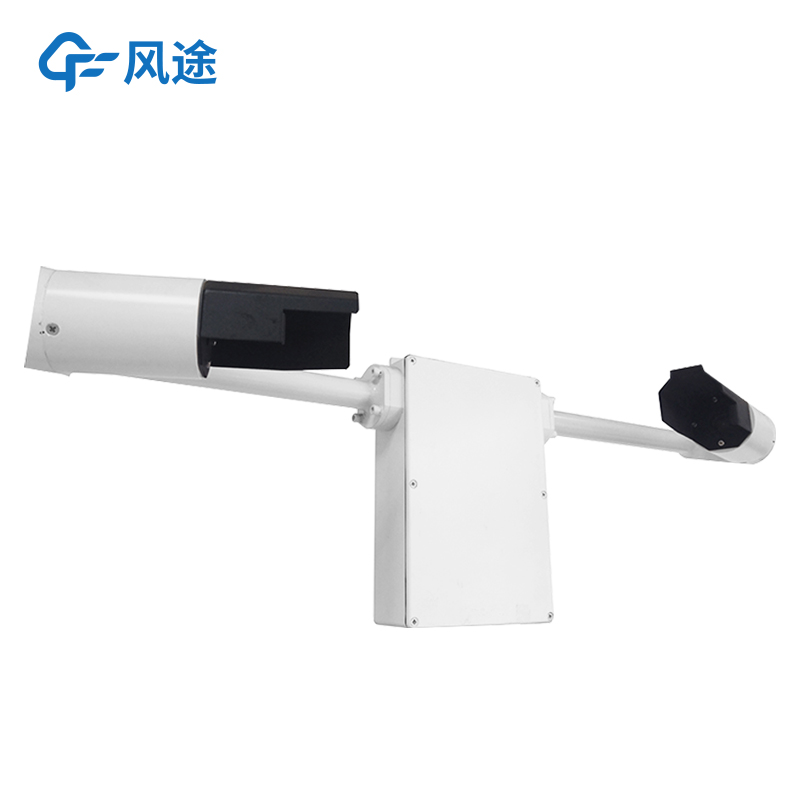Shandong Fengtu IOT Technology Co., Ltd
Sales Manager:Ms. Emily Wang
Cel,Whatsapp,Wechat:+86 15898932201
Email:info@fengtutec.com
Add:No. 155 Optoelectronic Industry Accelerator, Gaoxin District, Weifang, Shandong, China

Sales Manager:Ms. Emily Wang
Cel,Whatsapp,Wechat:+86 15898932201
Email:info@fengtutec.com
Add:No. 155 Optoelectronic Industry Accelerator, Gaoxin District, Weifang, Shandong, China
time:2025-09-22 09:32:07 source:Weather Station viewed:150 time
Meteorological visibility refers to the maximum horizontal distance at which a person with normal vision can see and identify a target object against the sky background under current weather conditions (usually measured in meters or kilometers).
Transportation is the industry that needs visibility data the most. Observation instruments are installed on road sections with drastically reduced visibility (such as mountainous areas, river valleys, and fog patch-prone zones). When the data falls below the threshold, a "slow down" warning is issued to drivers. Of course, when visibility is extremely low, traffic management departments can take extreme measures such as closing highways to enforce safety.
The most widely used and cost-effective instrument for measuring visibility data is the forward scatter visibility detector. It integrates the transmitter and receiver in the same body but separated at a certain angle (usually 20°-50°), measuring a very small sample volume of air. The transmitter emits a light beam, and the receiver does not receive the direct light but rather the intensity of light scattered forward by particles in the air (at a small angle to the original direction). The intensity of forward scattered light has a high correlation with the atmospheric extinction coefficient (σ). Through experiments and empirical formulas, the instrument converts the measured scattering intensity into an extinction coefficient and further calculates the visibility.
Advantages include: integrated design for easy installation and small footprint; relatively much lower manufacturing and maintenance costs; and strong anti-pollution capability because the short baseline and small optical window are relatively less affected by contamination.
It is mainly installed on fog patch-prone road sections to match intelligent traffic warning systems. It can also be installed at meteorological stations as important equipment for regular surface meteorological observation, and at ports and waterways to provide visibility data for navigation safety.

Poor ventilation and dense traffic flow in the tunnel can easily lead to the accumulation of harmful gases, posing a threat to safety. The Tunnel visibility detector by Fengtu uses the transmission principle to accurately monitor visibility and CO concentration, safeguarding tunnel safety.Product In...
Highway visibility monitoring is a crucial part of ensuring road traffic safety. With the development of mobile Internet technology, the Road Weather Information System has achieved a functional leap from the computer terminal to the mobile phone terminal.The traditional computer - based monitoring...
Since its establishment in 2017, Fengtu Technology has been dedicated to the field of meteorological instruments and equipment. Equipped with a complete production chain and a professional technical team, its products are widely used in various fields and have received numerous positive reviews. Bel...
The Visibility Sensor is a specialized sensor device designed for automatic and continuous monitoring of atmospheric visibility, playing a vital role in fields such as meteorological observation and environmental monitoring. Its core working mechanism is based on the principle of forward scattering....